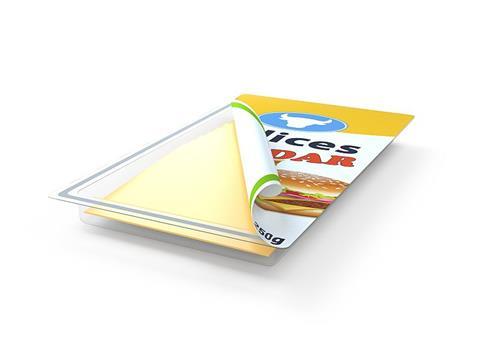
Prior to the webinar hosted by Packaging Europe and Bostik, Elisabeth Skoda discusses food packaging trends and sustainability issues with speakers Wladimir Moraes and Jean-François Le Cam, and gets a sneak preview of the webinar.
ES: What key trends have you observed in food packaging - what are your customers asking for?
WM: Had you asked me this question in the past, I would have answered that the main goal of our customers was to make their packaging even more convenient, that is to say easy to open (even for the elderly), reclosable and displaying an appealing design. This vision remains a key requirement and trend. However, a few months ago, as the media started to show waste-covered beaches namely with plastics, consumers have been turning their attention toward sustainability. It quickly became one of the first things customers are asking us about. However, I would like to take the opportunity to highlight the fact that plastic packaging has originally been designed to protect food and extend its shelf life enabling transportation, commercialization and convenient storage by consumers. Of course, there is a lot to be done regarding packaging design and choice of plastics to provide for more recycling opportunities, but it is important not to compromise on food protection.
What do you think can companies do to highlight the benefits of plastics packaging more?
JC: I do see that packaging developers are reviewing their packaging in terms of size, weight reduction and even regarding their use of plastics: optimizing barrier properties to keep food fresh and opting for a single material wherever possible.
In addition to this, much remains to be done to remind and educate consumers about the benefits of using flexible packaging over other packaging choices. Beyond that, consumer education is essential to avoid littering of any kind of packaging after use, by engaging the public to use recycling systems to increase packaging collection and recycling rates.
How can the public’s perception be changed?
WM: We were all shocked by the images of littering. It is a very emotional perception that no one can accept. When speaking about plastic packaging, the whole value chain is concerned even if the consumer can only see the names of the food brands. By working together, we shall be in a position to offer better-designed packaging, especially regarding the choice of materials, and considering its end-of-life from the very first moments of its conception. We have to keep in mind that the world population is growing - in 2050 our planet will need to feed 2 billion more people - and if we continue wasting so much, this will not be possible.
What is Bostik doing to cater for more stringent regulations regarding recyclability and varying regulations in different countries?

JC: Bostik, as part of Arkema, has very strict specifications regarding raw materials choice and qualification in the field of packaging adhesives and in particular, those intended for food packaging. Much progress has been made in reducing the use of solvent and promoting low-VOC adhesives.
Bostik is part of CEFLEX and other similar initiatives to better understand the constraints faced by the whole value chain and to act for greater sustainability. We aim to work in close collaboration with our customers on holistic solutions, which fits our view for innovation. We can count on our R&D as team’s experience in flexible packaging.
Can you give us a sneak preview of the technologies discussed in depth during the webinar?
WM: We will present our polyesters used as sealing layers for food tray lidding films. They present required functionalities such as low sealing initiation temperature, peel-ability and already built-in anti-fog. We will also present our well-known products and technology for reclosable lidding films, where Bostik is pioneer and global leader, tapping into an experience of almost 20 years. We will correlate both technologies to market trends for higher convenience combined with recycling and food protection.











